5 Weird But True Facts About the California Gold Rush

More than 150 years ago, one man found a gold nugget in a faraway land triggering the legendary California Gold Rush that changed the world forever.
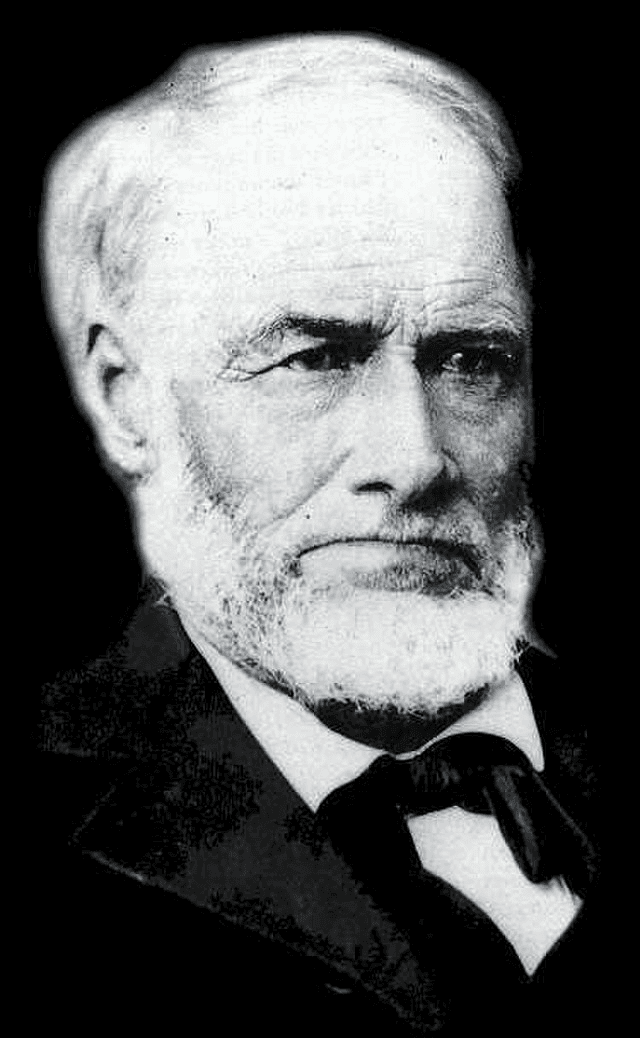
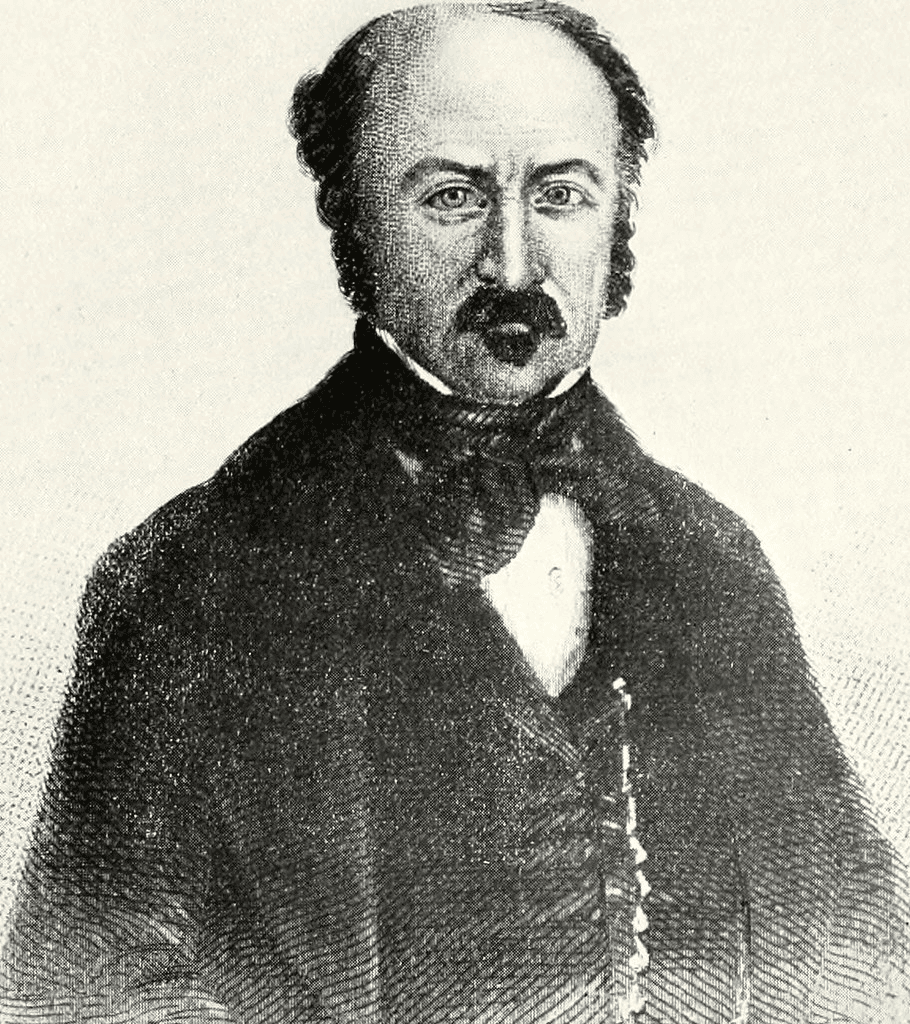
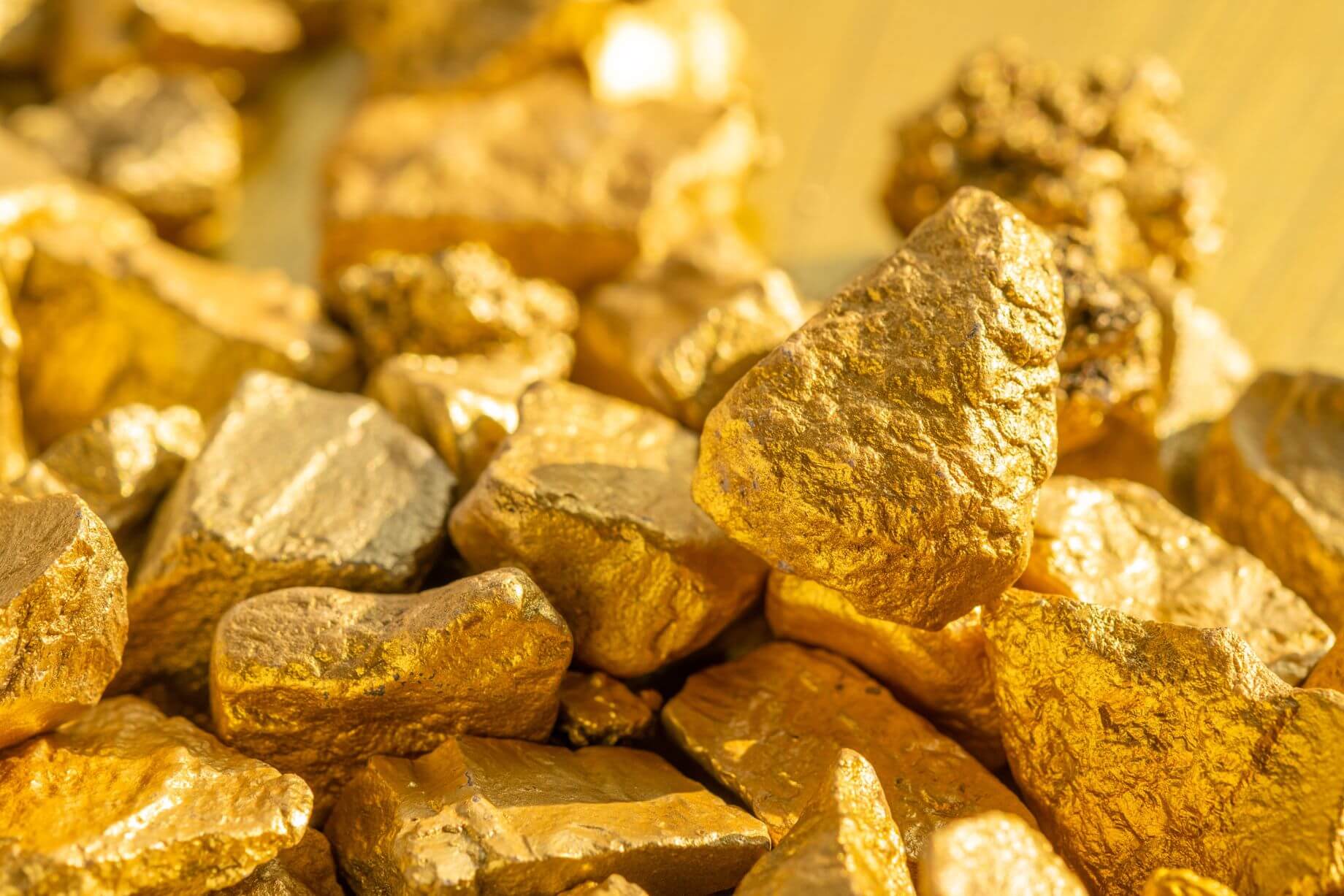
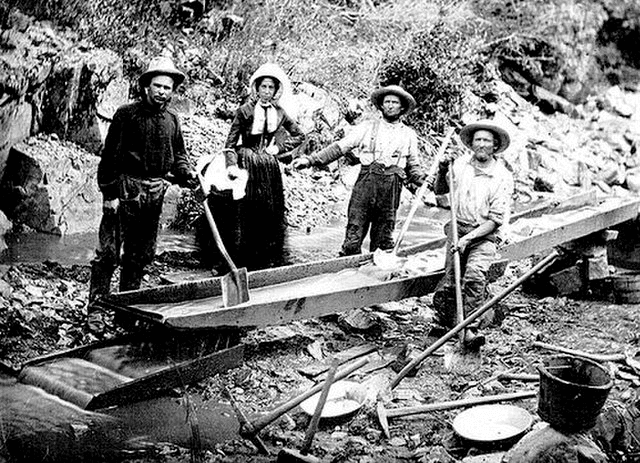
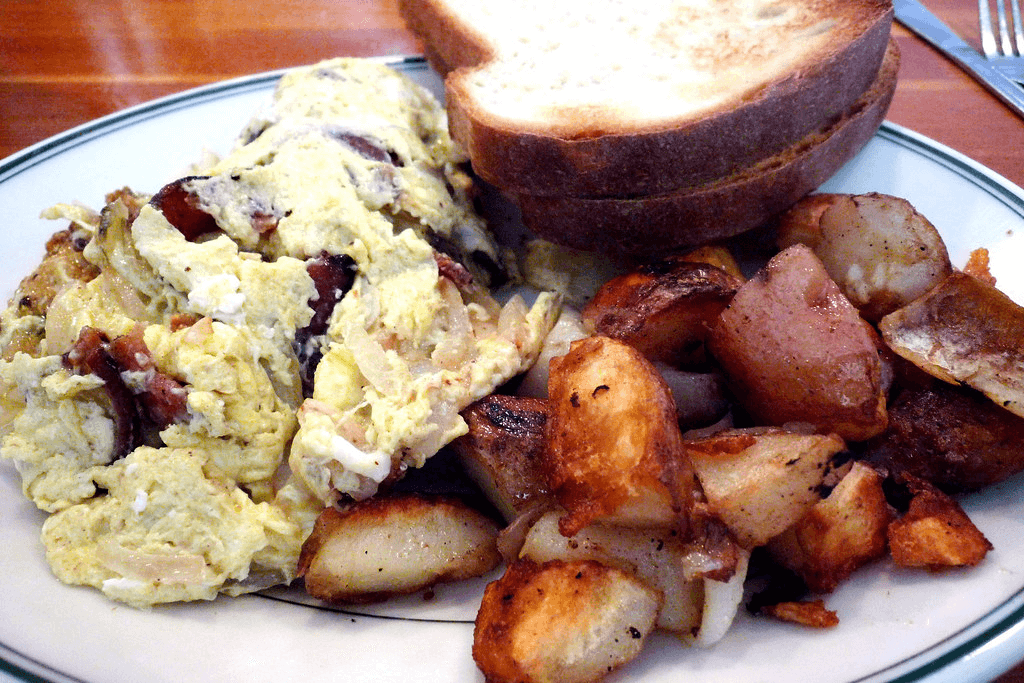


More than 150 years ago, one man found a gold nugget in a faraway land triggering the legendary California Gold Rush that changed the world forever.





